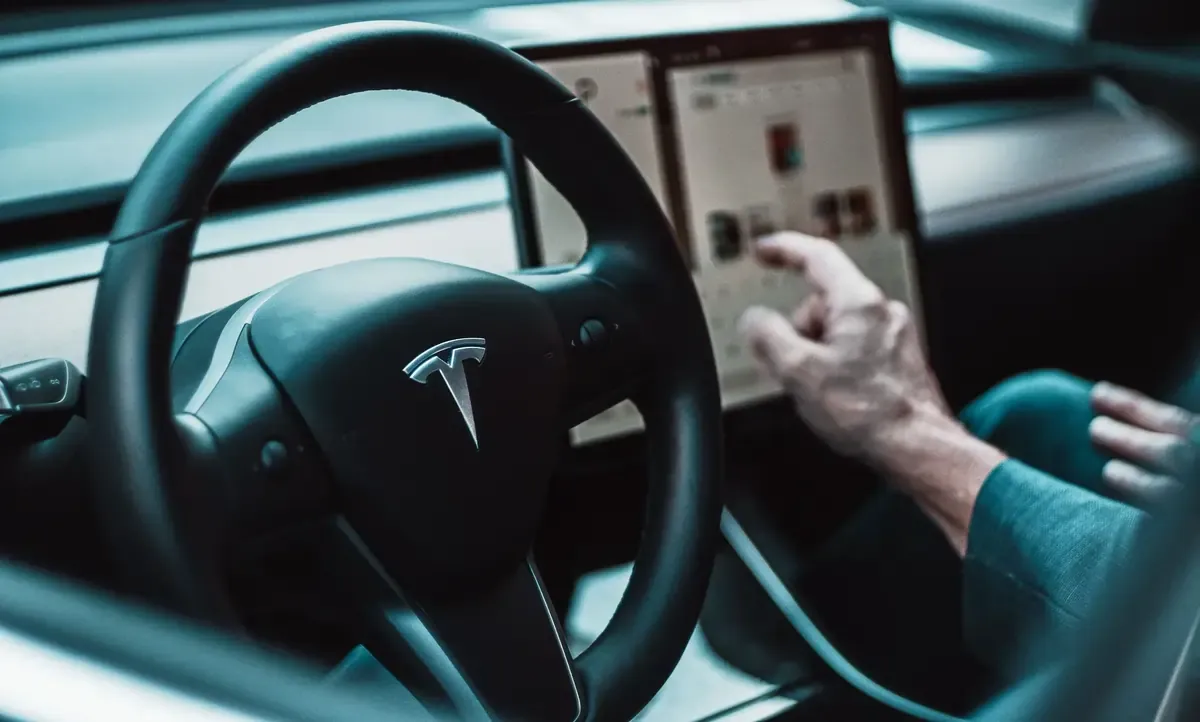eSIM
What does the future hold for eSIM technology?
The opportunity for white-label eSIMs in domestic travel
The Current State of eSIM technology - popular with retail consumers
Since the launch of the Google Pixel 2 in 2017 and subsequent models, and Apple’s launch of the iPhone XS in 2018, eSIM technology has forever changed the way we experience global connectivity. Its ease of use, enhanced security, and a rapidly increasing base of both iPhone and Android phone models that support eSIM, gives it a clear advantage in the realm of international travel.

International travelers can enjoy the ease of purchase and installation that eSIMs bring – gone are the days of waiting in long lines to receive a physical SIM card, or paying exorbitant roaming fees by your primary service provider, or expensive prepaid SIM cards upon arriving at your destination. eSIMs also provide users greater flexibility to purchase regional plans if they intend to travel through multiple countries in a particular region (e.g., Europe, Southeast Asia, Australia-New Zealand, etc).
Highly rated 4.4/5.0 on Trustpilot
Save up to 50% on roaming
Fast and reliable network
The Future of eSIM Technology - B2C leading to attractive B2B use cases
So perhaps it is no surprise that in the consumer space, you would expect usage to be mostly on international travel. But on Nomad’s eSIM marketplace, we actually see a consistent and sizable volume of domestic demand as well - up to 30% of monthly users in North America. We see our users purchasing plans to supplement their domestic carriers or turn their tablets or spare phones into mobile hotspots and tether data to other devices while on the road.
From a consumer standpoint, the attractiveness of a domestic eSIM plan is pretty apparent. Domestic users can enjoy the flexibility to easily change carriers without being tied to a physical SIM card or stuck in a two-year contract. Digital marketplaces such as Nomad can intuitively display comparable plans and prices so that users are informed and may select the plan that best suits their needs at the lowest possible price. Find out you’re paying too much? eSIM technology makes it easy to transfer service providers with the click of a button.

Initially reluctant to embrace eSIM, domestic carriers - such as Verizon and AT&T in the US, or O2, EE, and Three in the UK - are now coming around and allowing their customers to convert their physical SIM cards into eSIMs that can be electronically held by the device for enhanced security. And after all, eSIMs enable a powerful digital-first (or digital-only) acquisition channel for many local carriers.
This has led to a white space B2B opportunity where white-label eSIM providers can support local carriers by deploying eSIM platforms for them. According to this LotusFlare blog on the GSMA, there are several advantages for telecom operators in switching to eSIM, including:
- Reduced manufacturing, warehousing, and distribution costs
- Increased speed to market by providing a frictionless onboarding experience for customers
- Ability to capture market share through multiple smart-device eSIM connectivity solutions (such as tablets, smart watches, etc)
- Access to high-ARPU, premium customers with eSIM-enabled devices
Domestic carriers who rely on a white-label eSIM platform to engage the customer also open themselves up to powerful growth strategies. This digital-first eSIM channel is a natural place to host carrier partnerships with complementary services - such as travel insurance, home security and surveillance, and the like.

And beyond that - who knows? Electric vehicles (EV) has received prime mandates from many large governments - including the United States - to accelerate their roll-out. eSIM would be a natural fit for these other types of B2B use cases.
No doubt about it - eSIM is the wave of the future
While eSIM technology is still nascent, it holds exciting promises for consumers, manufacturers, and connectivity providers alike. Before the decade is out, Nomad’s prediction is that eSIMs will be as ubiquitous as physical SIMs are today, and even more so - they will be on your phones, your laptops, your tablets, your watches, your cars. So don’t let the future overtake you - join the eSIM revolution with us today.